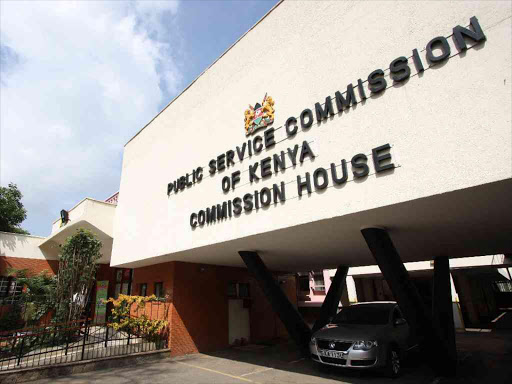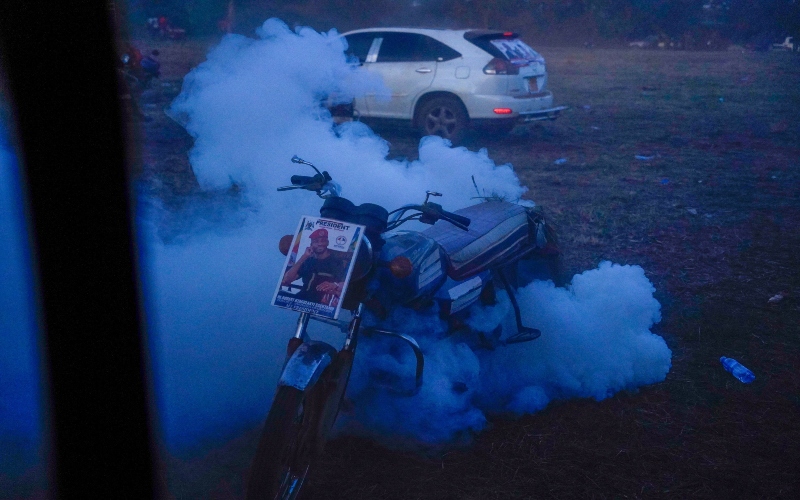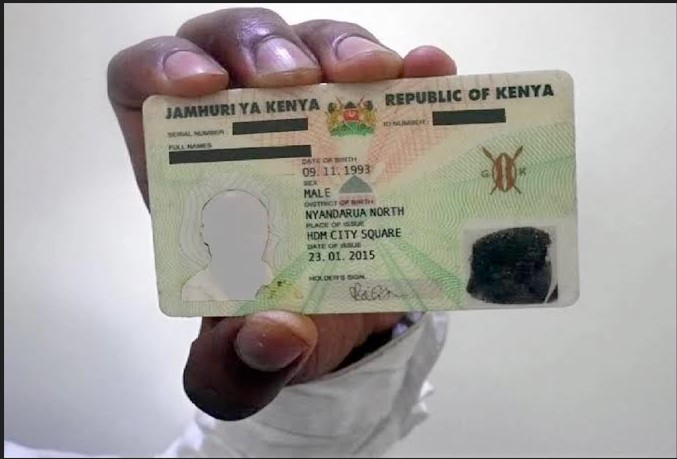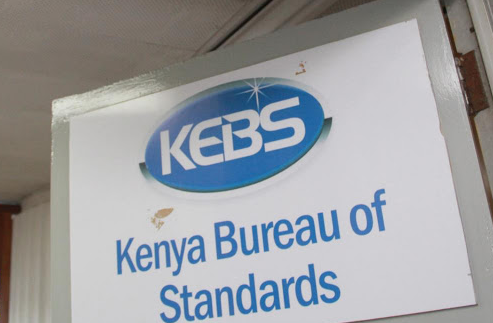State agencies still pay 17,000 ghost workers, PSC report shows

Kenya Railways is one of the worst offenders, with 1,261 ghost workers listed on the payroll despite only 2,026 out of 3,287 listed employees actually being present in their posts.
A new report from the Public Service Commission (PSC) has revealed a shocking number of ghost workers still on the Kenyan government payroll, with over 17,000 non-existent employees drawing salaries from taxpayers.
These fictitious workers, who do not exist in reality, have been placed on the records of various national government agencies, further deepening concerns about the misuse of public funds.
More To Read
- Tunza Mtoto Coalition demands full disclosure of ghost student audit findings
- SRC nominee Thoyah Kingi vows to tackle ghost workers, strengthen payroll oversight
- Government considering closing schools implicated in fraud, ghost student enrolment – CS Ogamba
- Audit uncovers 50,000 ghost learners in secondary schools as verification hits 50 per cent
- How civil servants are illegally drawing salaries from both counties, National Government
- Mbadi gives counties 30 days to integrate payrolls with IPPD
The report, which was part of the PSC's 2024 compliance review, shows that several government institutions, including high-profile ones like State House, Kenya Broadcasting Corporation (KBC), and Kenya Railways, have been found to list more employees than are physically present in their offices.
"The staff recorded in the staff register exceeded the number of staff reported to be in-post against the authorized establishment by 17,000," reads the report.
This revelation has reignited fears over the continued existence of ghost workers in the public sector, a longstanding problem that has been costing the country billions.
Ghost workers are employees who appear on the payroll but are never actually present in the workplace. They are often used as a vehicle for corruption, with salaries being paid to people who do not exist.
Kenya Railways is one of the worst offenders, with 1,261 ghost workers listed on the payroll despite only 2,026 out of 3,287 listed employees actually being present in their posts.
Similarly, KBC has 231 staff members listed in their records who cannot be accounted for, while State House had 156 untraceable employees, with the database showing 1,689 but a physical headcount revealing just 1,533 staff.
The issue of ghost workers is not confined to a few departments but is widespread across ministries, state corporations, and public universities.
Ministries
Ministries were found to have the largest number of excess staff, with a total of 12,329 workers not present in posts despite being on the staff register.
State corporations reported an extra 2,486 ghost workers, while public universities were not spared, with Meru University having 75, Kirinyaga University 21, and the University of Nairobi 27 staff members listed without a trace.
This issue of inflated staff registers has prompted the PSC to take action, demanding that the concerned agencies explain the discrepancies.
"The institutions that presented inconsistencies in the number of staff in the bio-data against the list of officers on terms of service to explain the discrepancy," the report reads.
Agencies such as State House, Kenya Railways, and others with discrepancies have been called to account for the missing employees.
The problem of ghost workers extends beyond the national government. In 2023, reports from the Controller of Budget revealed that county governments were also grappling with similar issues.
Kisii County had 1,314 ghost workers, while West Pokot and Kiambu counties reported 2,300 and 2,299 non-existent employees, respectively.
These fake employees were drawing public funds that could have been better spent on essential services or used to fill real vacancies.
Persistent problem
Despite efforts to address the issue, including the introduction of the Unified Human Resource Management System in February 2024, ghost workers remain a persistent problem.
The government collapsed the previous Integrated Personnel and Payroll System and replaced it with a new, more efficient system designed to better manage civil servant salaries.
However, according to the PSC's findings, some agencies have continued to pay salaries to 340 officers outside the official payroll, 416 at public universities, and 1,085 at state corporations.
The issue of ghost workers is not only a financial burden but also a reflection of deeper inefficiencies within the public sector.
The PSC's report also revealed that while some agencies are overstaffed, others face severe shortages. A total of 168 institutions were found to be over-established, meaning they had more workers than authorized.
The State Department for Immigration was the worst offender, with 4,028 extra staff members. Meanwhile, 335 agencies reported critical staff shortages.
For instance, Kenya Ports Authority had a shortfall of 4,189 staff, while Kenyatta National Hospital needed 3,108 additional employees.
Other entities like the Kenya Revenue Authority and Kenya Railways also face significant staff shortages.
The shortage of staff is particularly concerning given the high number of ghost workers draining public funds.
This inefficiency results in a situation where taxpayers are funding non-existent workers, while critical departments are left understaffed and underfunded.
The shortage of staff is most severe at institutions like Kenya Ports Authority, Kenya Railways, and Kenyatta National Hospital, all of which are essential for the country's economic operations.
Top Stories Today












































